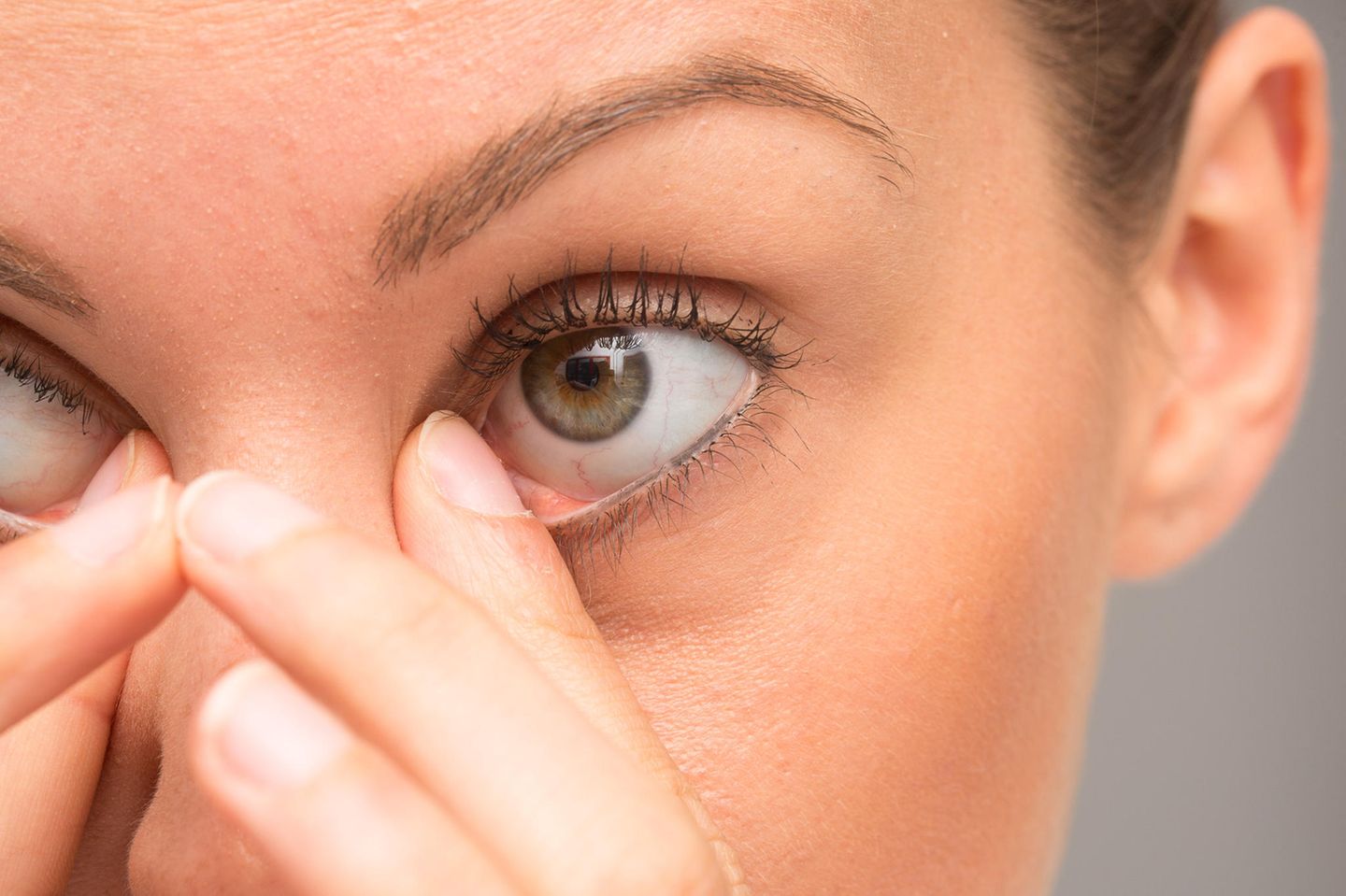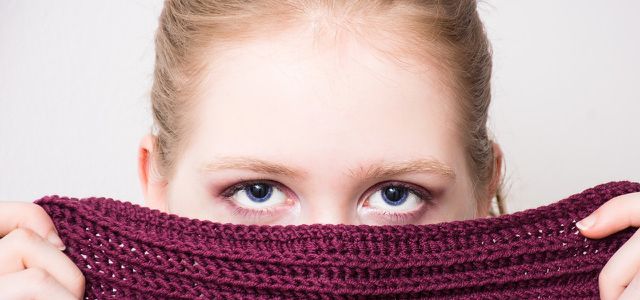
He and his crew are mostĬooperative and helpful, such that we are most confident, to be supported excellently during theĬruise in any way and regarding all affairs on board. The installation of the labs has proceeded quite a bit and first plannings for station work andĬoordination with captain Lutz Mallon and his crew took already place. We are most happy on board to have this CTD because otherwise we could not carry out the work we had planned in the anticipated times. Therefore, the Institute for Chemistry and Biology of the Marine Environment (ICBM) of the Carl von Ossietzky University of Oldenburg, the home institute of RV Sonne, acquired and constructed a large volume CTD rosette (24x20 liter Niskin-bottles). These investigations require processing of large volumes of water on board. Therefore, hydrographers, bioopticians, geochemists and microbiologists with greatly different expertise are joining forces and will carry out first investigations of such intensities which are mainly focused on microorganisms. Accordingly, bacteria from the deep ocean and the sea floor are still scarcely studied. Detailed investigations on the latter points, however, are still missing.

These provinces differ with respect to the water temperature, the salinity, nutrients and the composition of the phytoplankton and zooplankton and, according to recent preliminary research, also with respect to the composition of the bacterial communities and the dissolved organic matter, the major bacterial nutrients. The scientists will investigate on this research expedition along a transect around 180° latitude, besides the hydrography and biooptics of the water, the composition and significance of the bacterial communities and the dissolved organic nutrients in the various climatic regions of the Pacific, the so-called biogeographic provinces. The research cruise will go all the way to the subarctic Bering sea at 60°N and end in Dutch Harbor, the largest harbour of the Aleutian Ilands on the island Unalaska. They expect to reach this location on May 3rd.
SANDKORN AM AUGE FULL
So the scientific party, consisting of 40 members from six research institutes and seven countries was in a good mood and full of expectations when they left the harbour of Auckland, situated wonderfully close to the city centre, on May 1st and started steaming towards station 1 at 30°S.
SANDKORN AM AUGE INSTALL
Vanguards of the scientific party had been on board already on April 28th and 29th to discuss issues with the captain and his crew and to install several instruments. All equipment, shipped in containers over seas and as air fright to Auckland, was already on board, so that the voyage could start in time on May 1st.



 0 kommentar(er)
0 kommentar(er)
